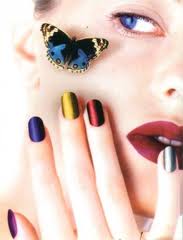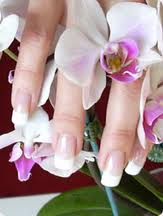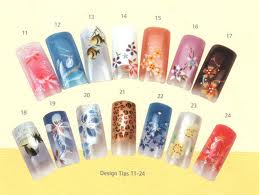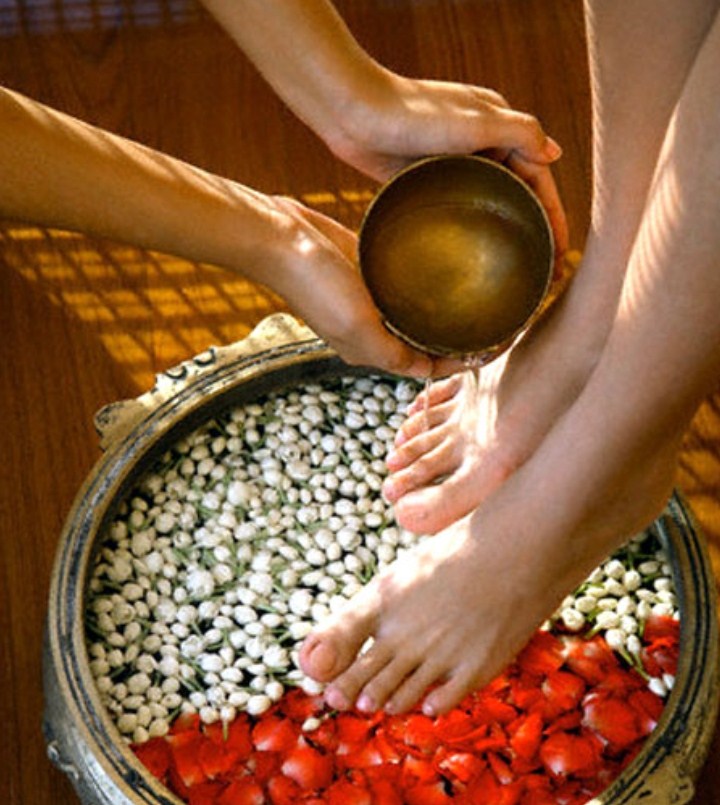Alyssa's Nails & Skin Care is providing all Nails services included Natural Nail Care, Acrylic Nails, Color Gel Nails and variable of Spa Pedicure services.
Gel Nails or Acrylic Nails?
Which are better, gel nails or acrylic nails? Each has its own pros and cons, and knowing a bit about what they are can help you decide which style you might prefer. For people who are tired of all the work that comes with trying to maintain a nice-looking natural set of nails, one of these techniques may be the perfect solution.
Acrylic Nails have been around for a very long time and are quite popular. Most nail salons offer them, and many nail technicians at salons and spas have a lot of experience working with this type of artificial nail. That said, they can also be a bit unnatural looking if applied incorrectly or in a hurry, and are occasionally difficult to remove without damaging the nail below. There is also a strong smell associated with some of the chemicals that are involved in the process.
Gel Nails have been around nearly as long as acrylic nails, especially in Europe, they have only become common in recent years. This means that not as many places will offer the technique, so it may be a bit harder to find nail technicians who have experience with gel nails. Even so, gel nails have certain advantages over the acrylics.
First of all, gel nails do not require the same type of strong-smelling chemicals to apply or remove. This type of nail is also thinner and more flexible than its acrylic counterpart and may be a better choice for women with thin, soft nail beds.
Gel nails do have some disadvantages. Due to the skill needed to apply them correctly, they tend to cost a bit more. Some types of polish don’t stay on gel nails as well as on acrylic, and they can also be more difficult to remove. Also, if they are not skillfully applied, they can look thick and lumpy.
The difference between acrylics and gels is in the product makeup: acrylic nails are made by dipping a brush into a liquid (called monomer) and then placing the wet brush in a powder (called polymer) and making a ball of product that is then placed on the nail bed and patted into place. The product is allowed to cure for a few minutes before filing, but the curing process continues over the next 48 hours. Gel products are pre-mixed and are in an actual “gel” form. A brush is used to pick up a portion of gel and place it on the nail bed and then it is brushed and coaxed into position, then the finger is placed in a low-wattage UV light to cure the gel. Once it is removed from the light, it is fully cured.
Both acrylic and gel products come in many colors. Using colored products can eliminate polishing the nail enhancement, allowing you to leave the salon without fear of smudges. A popular choice is having a nude, clear or pink-tinted color on the nail bed, with white colored product on the tip, simulating a “French” manicure. This process is often referred to as “Pink and Whites” or “French Tips.” Of course, both acrylics and gels may be polished with a traditional nail polish.
Both gel nails and acrylic nails have their advantages and disadvantages. Choosing which type of nail to go with depends on a number of factors, including the amount of time and money you want to spend, how hard you want to look for a qualified salon and what look you are trying to achieve.




